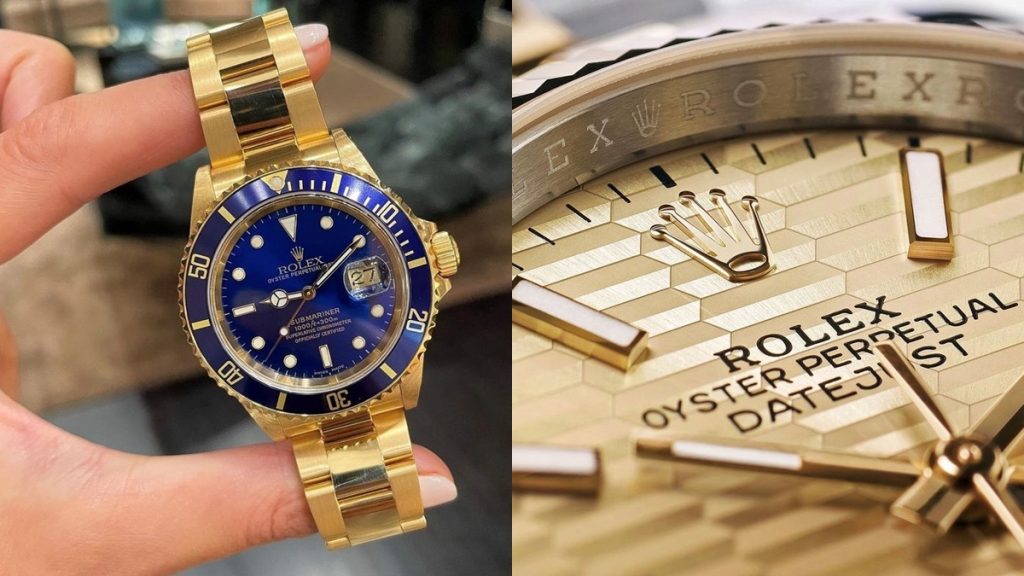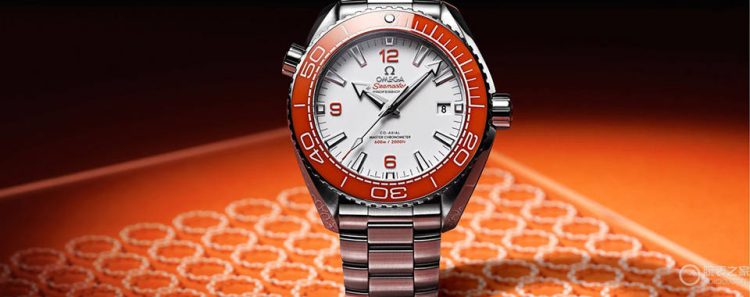Introduction: Setting the Stage for the Rolex vs. Omega Debate
When it comes to luxury watches, two names consistently stand out: Rolex and Omega. Both of these Swiss watchmaking giants have earned their places in the world of horology, offering timepieces that blend precision, craftsmanship, and timeless style. However, despite their shared heritage and reputation, these two brands have carved out distinct identities that appeal to different types of watch enthusiasts.
In this article, we will take a deep dive into the user evaluations of both Rolex and Omega watches. Through careful analysis of their design, functionality, accuracy, comfort, durability, and brand reputation, we aim to answer the ultimate question: which of these iconic brands resonates more deeply with watch collectors and consumers?
Section 1: Brand Legacy and Heritage – Where Do Rolex and Omega Stand?
Both Rolex and Omega come with rich histories that add to their allure.
Rolex: A Legacy of Excellence
Rolex was founded in 1905 by Hans Wilsdorf and Alfred Davis in London, before moving its operations to Geneva, Switzerland, in 1919. The brand has built its reputation on innovation, with landmark achievements like the first waterproof wristwatch (the Oyster in 1926) and the Datejust, the first wristwatch with an automatically changing date function. Rolex’s prestige is also driven by its association with luxury, sport, and achievement, epitomized by high-profile endorsements and sponsorships in events like Wimbledon, the Oscars, and deep-sea explorations.
Omega: A Watchmaker’s Tradition of Precision
Omega, founded in 1848 by Louis Brandt in Switzerland, has a similar reputation for excellence but with a slightly different focus. Omega has been the official timekeeper of the Olympic Games since 1932 and is renowned for the Speedmaster, the watch worn by astronauts during the Apollo missions, including the first moon landing. Omega’s commitment to precision and performance has made it the watch of choice for professionals in fields ranging from aviation to diving. Omega’s association with the military and its focus on adventure also contributes to its unique appeal.
Section 2: Design and Aesthetics – A Matter of Personal Taste
Rolex and Omega both excel in creating aesthetically appealing watches, but their design philosophies differ significantly.
Rolex: Iconic, Conservative, and Timeless
Rolex watches, such as the Submariner, Daytona, and Datejust, are known for their iconic designs, which remain largely unchanged for decades. Rolex prioritizes a bold and conservative design, aiming for a look that will stand the test of time. The watches are usually crafted with robust materials, such as Oystersteel, 18k yellow gold, or Platinum. Users often report that the Cyclops lens on the Datejust’s date window and the signature rotating bezel on the Submariner are some of the most recognizable features.
Omega: Elegant, Diverse, and Sporty
On the other hand, Omega embraces a more diverse approach to design. The Speedmaster features a clean and utilitarian design, perfect for chronograph enthusiasts, while the Seamaster line combines sporty aesthetics with practical function for divers. Omega also produces some highly elegant watches in its De Ville collection, which appeals to those who prefer a more formal style. Omega is known for its innovative use of materials such as Sedna Gold and Ceramic, offering unique design touches that set it apart from Rolex.
Section 3: Functionality – What Do Users Value the Most?
While aesthetics are important, functionality is what sets a watch apart in terms of daily use and long-term investment.
Rolex: Precision and Robust Performance
Rolex is widely praised for its precision and reliability, often regarded as the gold standard for mechanical watches. Many Rolex owners speak highly of the Oyster Perpetual movement, which is known for its robustness and accuracy. Rolex’s waterproof design, as seen in the Submariner and Sea-Dweller, is also a key feature that users appreciate for diving and water-related activities. The Rolex Cosmograph Daytona, a chronograph designed for motorsports, boasts unparalleled accuracy under extreme conditions.
Omega: Innovation with Functionality
Omega users value the brand’s commitment to technological innovations. The Co-Axial escapement introduced in Omega watches has been widely praised for its ability to reduce friction, offering increased longevity and precision. Omega is also known for its Master Chronometer certification, ensuring that each timepiece meets exacting standards for precision and anti-magnetism, a key benefit for those working in scientific or industrial fields. The Seamaster Diver 300M, with its helium-escape valve and water resistance, is another standout example of Omega’s functional prowess.

Section 4: Durability and Comfort – How Do They Feel on the Wrist?
A luxury watch is not just about looks or precision; comfort and durability are equally important considerations for any discerning watch collector.
Rolex: Built Like a Tank, Feels Like a Classic
Rolex is famous for its durability. The Oystersteel used in many Rolex models is resistant to corrosion and scratch marks, making Rolex watches highly durable for daily wear. Additionally, the jubilee or Oyster bracelets are made to last, and users frequently remark on how the watches can withstand extreme environments without losing their elegance. Comfort-wise, many users note that Rolex watches feel solid and substantial on the wrist, offering a reassuring weight and balance.
Omega: Lightweight and Comfortable for All-Day Wear
Omega tends to offer a more lightweight wearing experience, with models like the Seamaster Aqua Terra being lauded for their comfort during long-term use. The design of Omega bracelets, especially with their innovative deployant clasp system, offers a customizable fit, making them easy to adjust for different wrist sizes. While slightly less heavy than Rolex counterparts, Omega watches still feel well-made and sturdy. Omega users appreciate the smoothness of the watch’s contours, making it a good option for all-day wear.
Section 5: Brand Reputation and Resale Value – What Do Collectors Think?
The reputation of the brand plays a huge role in the watch-buying decision. Furthermore, many buyers consider the resale value of their watch as an investment.
Rolex: The Resale King
Rolex watches hold their value extraordinarily well, with some models, such as the Rolex Daytona, even appreciating over time. The brand is renowned for its exclusivity and prestige, and owning a Rolex is often viewed as a status symbol. Rolex’s tight control over production and distribution creates a level of scarcity that helps maintain the value of the brand’s watches. Users often speak about Rolex as a long-term investment, making it an attractive choice for collectors.
Omega: Quality with a Lower Price Point
While Omega watches are certainly prestigious, they tend to have a lower resale value than Rolex, especially with newer models. However, they are still considered a solid investment in terms of craftsmanship, innovation, and functionality. Omega’s more diverse collection allows watch enthusiasts to experiment with different designs at a lower entry price, making it a favorite for those seeking quality without the high price tag of Rolex. Omega also benefits from its association with historic events like the Apollo moon landing and its Olympic connection, which boosts its appeal to collectors and enthusiasts.
Section 6: The Verdict – Which One Truly Wins?
In conclusion, both Rolex and Omega have their own unique merits. Rolex is widely regarded as the pinnacle of luxury and craftsmanship, known for its timeless designs, remarkable durability, and exceptional resale value. If exclusivity and prestige are what you’re after, Rolex is a top contender.
On the other hand, Omega is celebrated for its innovative spirit, technical advancements, and sporting pedigree. If you value cutting-edge technology, precision, and a more approachable price point without compromising on luxury, Omega might be the better fit for you.
Ultimately, the choice between Rolex and Omega comes down to personal preference and what you value most in a timepiece. Whether you lean toward Rolex’s legacy and exclusivity or Omega’s pioneering spirit and versatility, both brands have proven themselves as true leaders in the world of luxury watches.
Conclusion: In the ongoing debate of Rolex vs. Omega, there is no clear-cut winner. Both brands cater to different needs, desires, and personalities. What remains indisputable is that both Rolex and Omega offer exceptional timepieces that stand as testaments to the art of Swiss watchmaking.





































